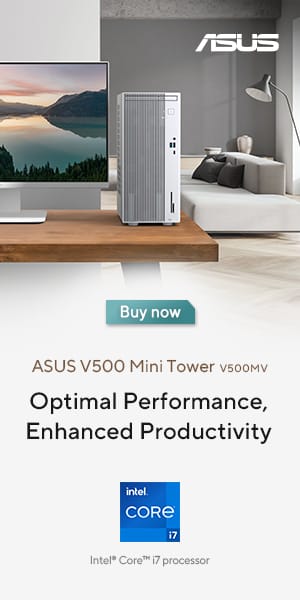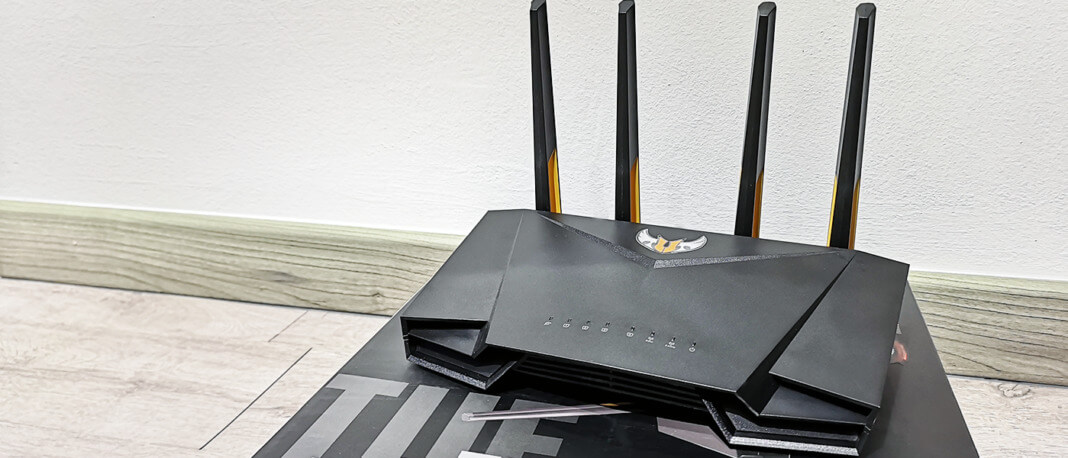Back in the days, businesses were dependent on manual billing systems. While some organizations still send physical invoices, being stuck with manual invoice processing can be disadvantageous to your business. This obsolete methodology is time-consuming, costly, error-prone, and inefficient. Fortunately, billing software automated this tedious task.
Billing software is an essential tool in the arsenal of businesses and even freelancers. With this application, invoices are prepared, generated, and managed using the computer or any compatible devices. By reducing manual intervention, the chances of error are also significantly reduced. Billing solutions also enable businesses to track and manage billings more efficiently, making sure that you are paid on time.
While billing software is now widely used, other businesses have yet to automate their invoicing system. If you are still in the process of deciding whether to use billing software or not, the following list of advantages and disadvantages will help you come up with an informed decision.
Advantages of a billing software
Ease of use
The manual billing procedure is often tedious and inconvenient. After verifying the transaction, you have to fill out an invoice, register it into your records, extract information, update records, and send the billing statement.
With invoicing software, all that hard work can be done with just a click of a button. The only manual task is to encode the customer and transaction details. Once done, the invoice is generated and sent to the customer. It can even be scheduled to send invoices automatically based on agreed payment terms or billing cycle.
Cost-effective
The average cost of manually processing and sending an invoice is about US$25, which covers labor, paper and ink, and postage costs. Billing software does not require these expenses as invoices are sent electronically via email. This way saves a considerable amount of money.
Faster billing
In manual invoicing, you will go through numerous steps before an invoice is generated. The billing software allows you to send bills automatically in seconds, hence faster billing. After the service is completed or the product is delivered, you can immediately create the invoice. The faster you send the bill, the earlier you are paid.
Enhanced capabilities
According to developers at Kansys, automated invoicing systems are equipped with other useful features, such as invoice tracking, management, and reporting. The tracking system automatically follows up unpaid invoices. It also alerts you of delinquent accounts that may necessitate advanced measures.
The invoice management feature enables you to review accounts and enforce penalties on delinquents. You can also generate reports that can guide you in coming up with business decisions. None of these capabilities is available with manual invoicing.
Ensure invoice receipt
When you send physical invoices through the mail, there is always the risk of losing your invoice along the way or delivered late. If customers don’t receive your invoice, you might get unpaid. It’s also challenging to keep track of sent invoices, especially when dealing with piles of paperwork.
Billing software sends an invoice directly to the client’s email, so you are assured that the invoice has been received. It also creates a backup of your invoices, for quick reference.
Remote accessibility
Billing software offers maximum accessibility to business owners. These software solutions are compatible with your smartphone so that you can access it anytime, anywhere. This way, you can remain aware of what’s happening in your business even while you’re on vacation.
Integration with other software
Businesses use multiple applications, such as CRM, inventory management, accounting, and HR software. Billing software integrates with these solutions. For example, when a transaction is entered into the billing software, customer records in the CRM and supply inventory in the inventory management application are automatically updated. This makes it easier for you to manage your business and get things done.
Disadvantages of billing software
Cost
Billing software might seem costly, especially if you opt for custom solutions. However, there are numerous developers and providers in the market. Ask for quotes from different providers. Look for one that offers subscription fees that are well within your budget.
Undelivered invoice
Electronic invoices can be flagged by email servers as spam. When this happens, your invoice is sent to the spam folder, and your customer will be unable to see it. As a result, you might not be paid for your products or services. This is why it is essential to call up your customers, even when you’ve already sent an invoice.
Offline customers
Although the majority of customers have access to the Internet, there are times when they are out of reach or not connected to the grid. This might fail the delivery of invoice. It is crucial to have a backup communication channel that you can use to reach offline customers.
Lack of solid partnership
Automated invoicing systems intentionally reduce human intervention in the process. While it is generally good, it also leads to the lack of human touch in your business. It removes the opportunity to interact personally and to develop a stable relationship with your customers. This makes it more difficult to call them and follow-up on pending bills.
Final thoughts
Hopefully, this list of rewards and drawbacks of the electronic billing system can help you develop an informed decision. Evaluate your business to see whether automation or manual processing will suit your requirements.






